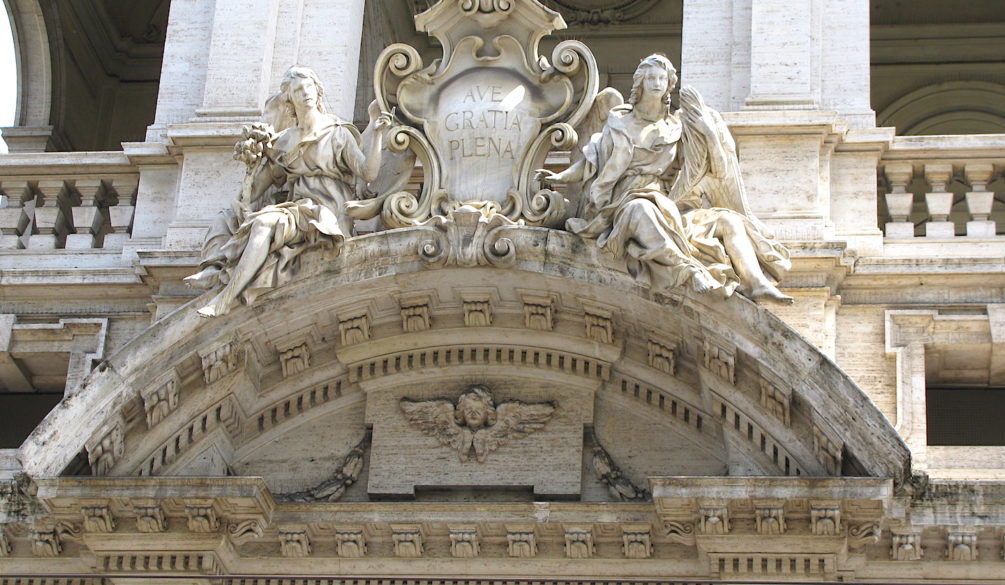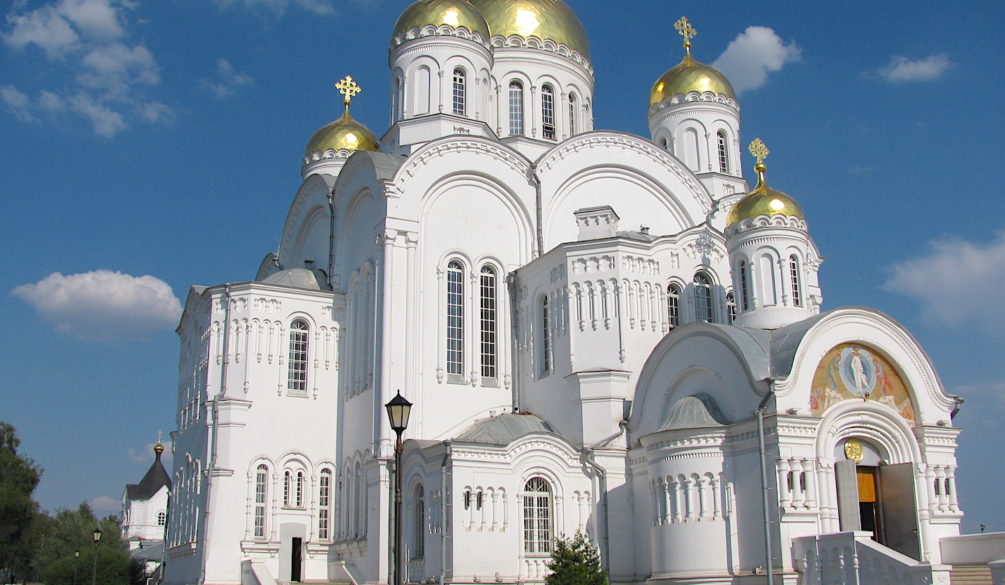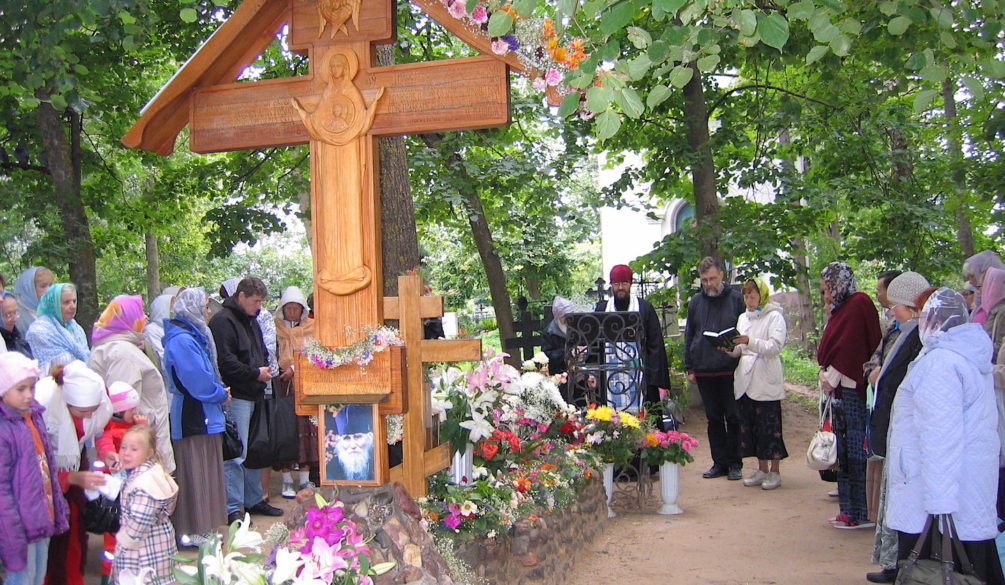2021
The Shroud of Turin May 18-25, 2010
A pilgrimage trip to Italy requires special preparation and the right attitude, because its participants will not have an ordinary excursion trip, but a serious meeting with the most important and most revered general Christian shrines. The relics of the Catholic Church are of exceptional importance for Orthodox believers. First, in the Italian land there are many common Christian apostles and saints who lived before the separation of the churches. Secondly, the legacy of the Crusades, as a result of which the Catholic world “acquired” a fair amount of sacred artifacts from the Holy Land, affects. In the churches of Rome, Venice, Florence, Bari and other cities, the relics of the holy Apostles Paul, Mark, Thomas, Matthew and Andrew, venerated in Russia by St. Nicholas, are carefully preserved. Among the world-famous shrines are the Shroud of Turin with the manifested image of Christ, the Savior’s manger, the staircase that led Jesus to Pontius Pilate, parts of the Cross of the Lord and the crown of thorns. Visiting churches dedicated to a saint is accompanied by a detailed guide’s account of his life and martyrdom.
2021
Russia Seraphim-Diveyevsky Monastery 20-25. 07. 2010
Holy Trinity Seraphim-Diveyevsky Monastery
The monastery was founded in the second half of the XVIII century by St. Alexandra Diveyevskaya (Agafya Semyonovna Melgunova), who settled around 1760 in a village near Diveyev. By her zeal, in 1773-1780, a stone Kazan church was built in Diveyev, where the Kazan Women’s Community was established, which existed under the spiritual leadership of the elders of the nearby village. Sarov desert. December 9/22, 1826, with the blessing of the Rev. Seraphim of Sarov near the Kazan Mill community was arranged. In 1842, nine years after the repose of the Rev. Seraphim, they were united in the Seraphim-Diveyevo community.
In January 1861, the Seraphim-Diveyevsky Monastery was approved by the decree of the Holy Synod. Its first abbess was Abbess Maria (Elizaveta Alekseevna Ushakova, 1819-1904). During the years of the administration of Abbess Mary, the monastery acquired its unique architectural appearance: the Trinity Cathedral, the abbot’s building, the refectory church, the bell tower, as well as an orphanage, an almshouse, a hotel, about 30 buildings for obediences and housing of the sisters were built. At the beginning of the XX century, more than one and a half thousand nuns lived in the Seraphim-Diveyevsky Monastery. According to Bishop Nazariy (Kirillov) of Nizhny Novgorod and Arzamas, “this monastery is truly a miracle of God’s mercy through the prayers of its venerable founder.” On July 19 / August 1, 1903, Sarov hosted celebrations dedicated to the glorification of the saints of St. Peter the Great. Seraphim of Sarov. On July 20 / August 2, the Diveyevskaya Monastery hosted Emperor Nicholas II and Empress Alexandra Feodorovna and members of the royal family.
After the death of Abbess Maria in 1904, the monastery’s treasurer, nun Alexandra (Trakovskaya), was chosen in the abbess, who became the last abbess before the closure of the monastery. After the revolution in 1919, the monastery was registered as a labor artel and continued to operate. The sisters continued to observe the monastic charter and the way of monastic life. Only a few left the monastery. In September 1927, the monastery was closed, and in 1937, the Kazan Church was closed. During the Soviet era, many monastic buildings and shrines were destroyed.
The revival of church life in Diveyev began in 1988, when the authorities allowed to buy a house over the Kazan Spring and rebuild it for the church. On Lazarev Saturday, April 22, 1989, the wooden church of the Kazan Icon of God was consecrated Mothers. In the spring of 1990, the Trinity Cathedral was re-consecrated.
Monastic life in the Seraphim-Diveyevsky Monastery resumed on July 21, 1991 — the decision of the Holy Synod was made on the day of the celebration of the Kazan Icon of God Mothers. On July 30, 1991, the relics of the Holy Father were celebrated in the Diveyevo Monastery. Seraphim of Sarov, since then they rest in the Trinity Cathedral, according to the word of the saint, who predicted that he would be made flesh in Diveyev. November 17, 1991 Metropolitan Nikolai (Kutepov) of Nizhny Novgorod and Arzamas consecrated the nun Sergia (Konkova), who had previously served as a deanery in the Holy Transfiguration Monastery of the Monastery of the Transfiguration of the Saviour, to the rank of abbess of the Seraphim-Diveyevsky Monastery. In 2000, Schema-nun Alexandra (Melgunova), Schema-nun Marfa (Melyukova), and Nun Elena (Manturova) were glorified as local saints of the Nizhny Novgorod diocese. In 2004, the glorification of the Blessed Pelagia, Paraskeva and Mary in the face of the saints of Diveyevo took place.
On April 14, 2008, the Cathedral of the Diveevo Saints was established, the celebration of which takes place on June 27, the day after the memorial day of the original Diveevo monastery, St. Alexandra. The Cathedral of the Diveevo Saints includes 17 ascetics of piety — prelates, venerable, blessed, and New martyrs. The holy relics of eight of them are located in the churches of the Seraphim-Diveyevsky Monastery. The monastery has more than two dozen monasteries. Among them: Pokrovsky skete in the village of Kanerga, Kutuzovsky skete in the village of Kutuzovka, Nikolsky skete in the village of Avtodeyevo, Seraphim-Ponetaevsky skete, Holy Trinity Belbazhsky Monastery in Koverninsky district, skete in honor of the All-merciful Savior in the village of Nucha, Melyaevsky skete in the village of Melyaevo, Znamensky in the village of Khripunovo, etc. Holy Relics of St. Seraphim of Sarov; miraculous Icon of the Mother of God Mother’s “Tenderness”; the groove of the Queen of Heaven; the things of St. Seraphim of Sarov; the relics of the Venerable wives of Diveevo Alexandra, Martha and Elena; the relics of the blessed wives of Diveevo Pelagia, Paraskeva and Mary; the relics of the Venerable Confessor Matrona (Vlasova).
Holy springs – Kazan (the oldest); Healer Panteleimon; Alexandra Diveevskaya; Iversky; Pr. Seraphim of Sarov (the most revered, located near the village. Tsyganovka)
2021
August 2010 Shrines of the Pskov land
Never forget, even in the darkest days of your life, to thank God for everything. He is waiting for it and will send you new blessings and gifts. A person with a grateful heart never needs anything. Instruction from the elder Archpriest Nikolai Guryanov.
Pilgrimage to these holy places changes for the better the life of each person who once stepped on this holy ground. Having been here, he carries invisible particles of grace in his heart, which will surely bring wondrous fruit.
The house of the Holy Trinity – Trinity Cathedral is a symbol of the Pskov land. The modern building of the cathedral is the fourth. The place for the temple was chosen by Princess Olga herself. Standing on the bank of the river Velika, she had a vision of three rays above the cape, at the confluence of the rivers Velika and Pskova. At Olga’s command the first wooden Trinity cathedral was laid. The now existing Trinity cathedral was built during 17 years and was finished in 1699. It is significantly different from the previous ones, first of all, because of its height, which exceeds 70 meters. The Cathedral is crowned with five heads that symbolize Christ and the four Evangelists. The cathedral amazes with its rich decoration. There is a unique seven-tier iconostasis of gilded wood.
The miracle-working icon of Our Lady of Chirsk is especially revered by the citizens of Pskov. It was brought to the cathedral in 1420 by a religious procession to commemorate the deliverance of Pskov inhabitants from pestilence.
The relics of saint saints are kept in the church: of saint princes Vsevolod-Gavriel and Dovmont-Timothei, of Pskov, holy martyr Joasaph, hegumen of the Snetogorsk monastery, and St. Blessed Nicholas the Fool for Christ, wonderworker of Pskov.









